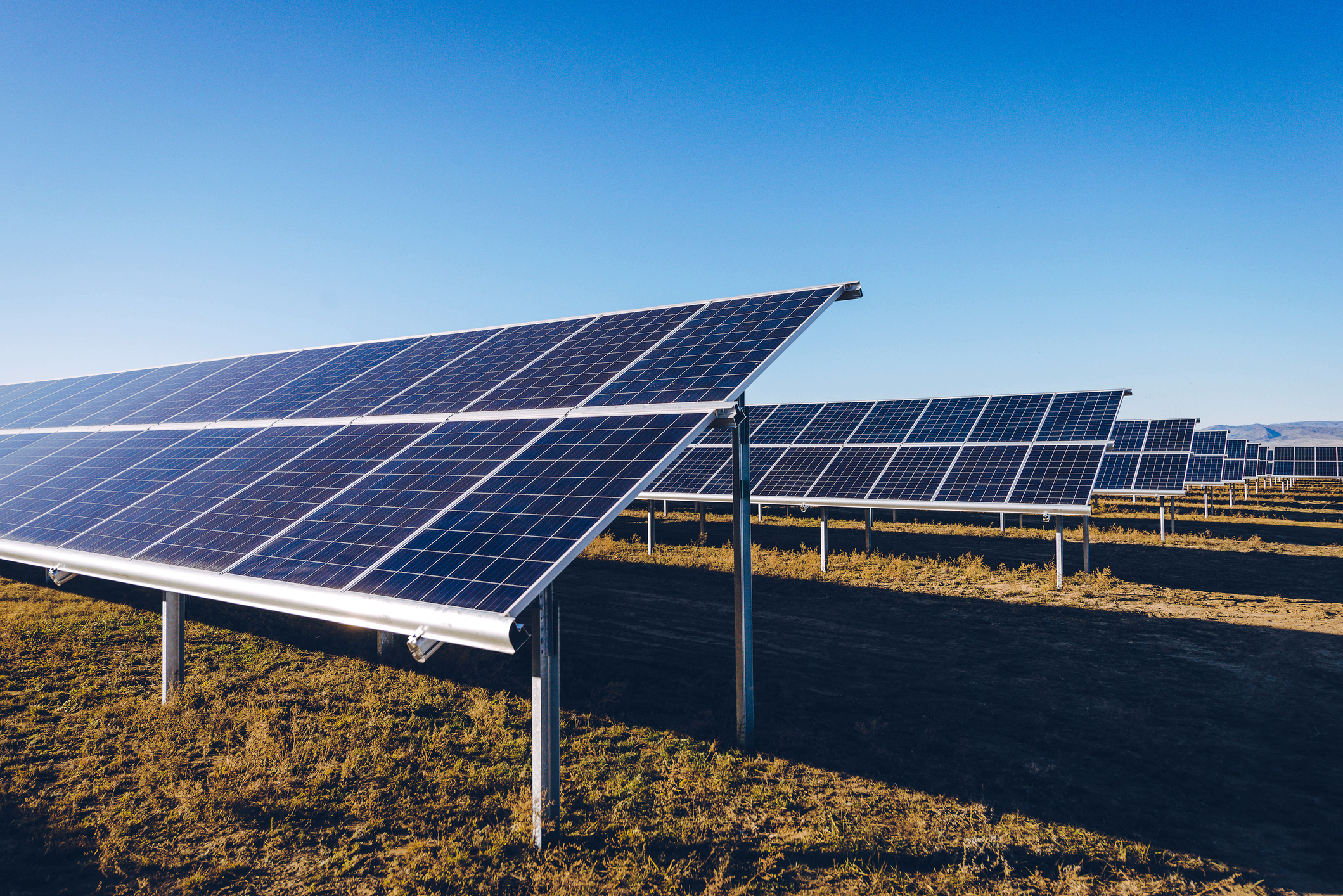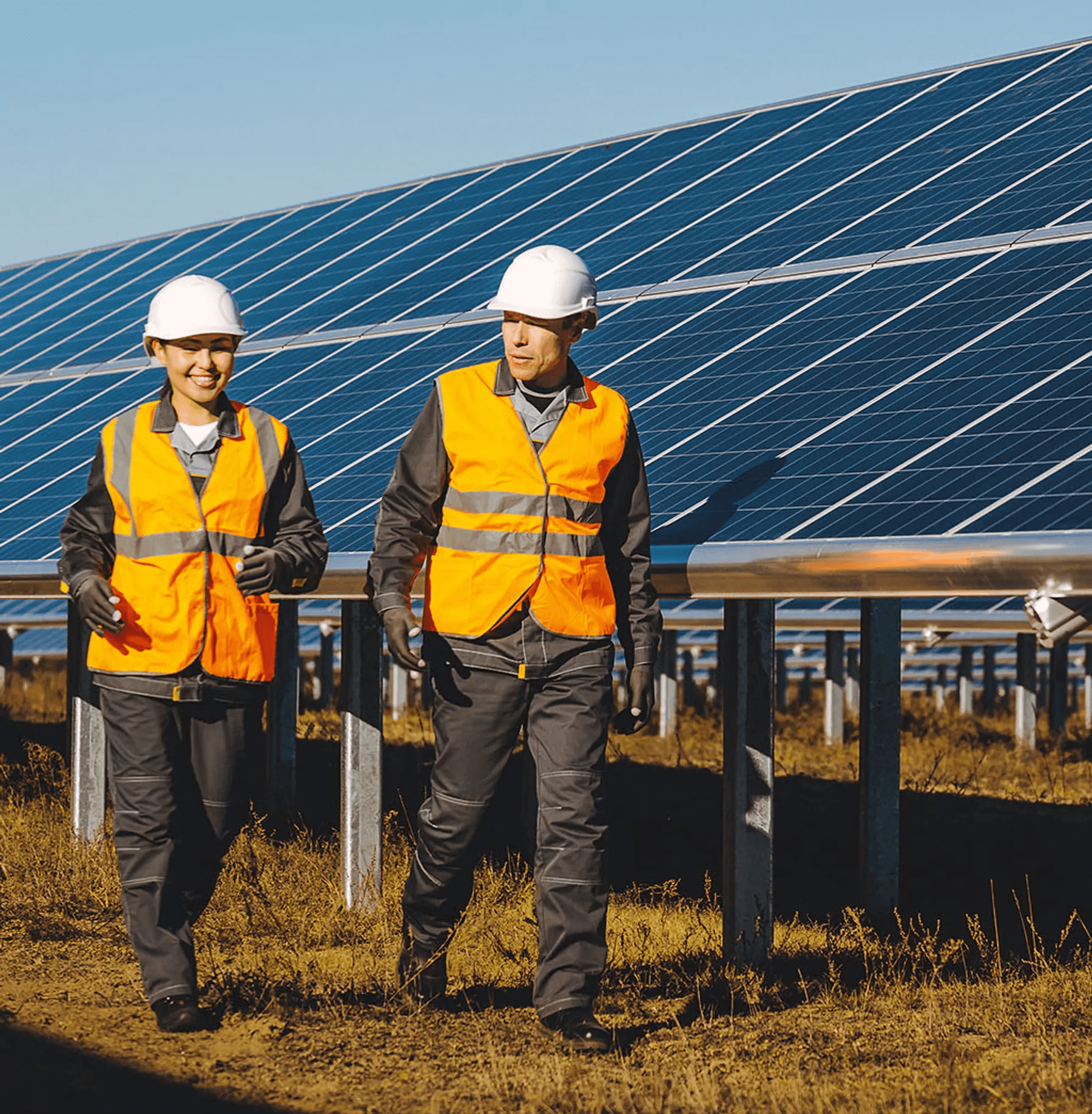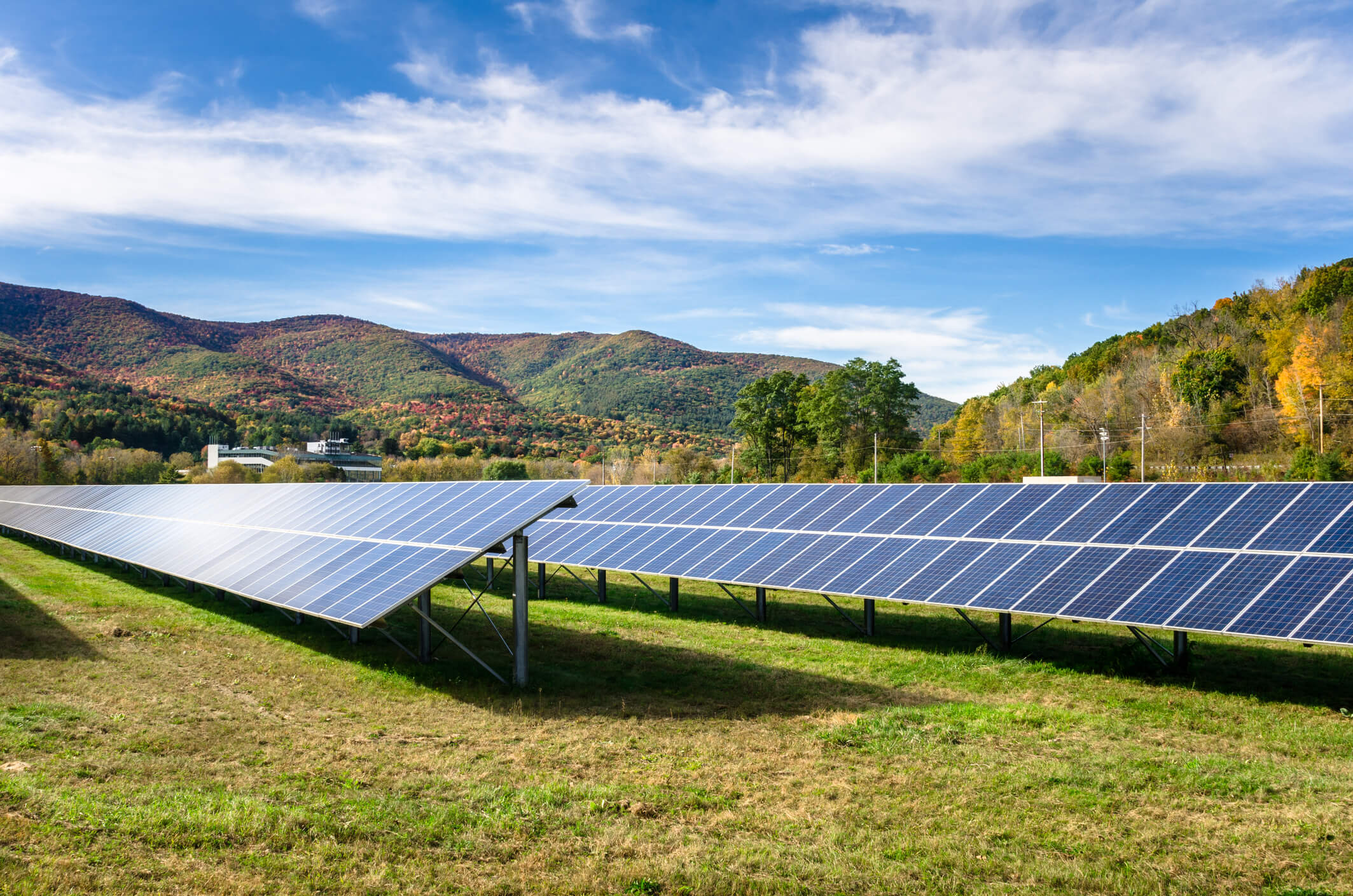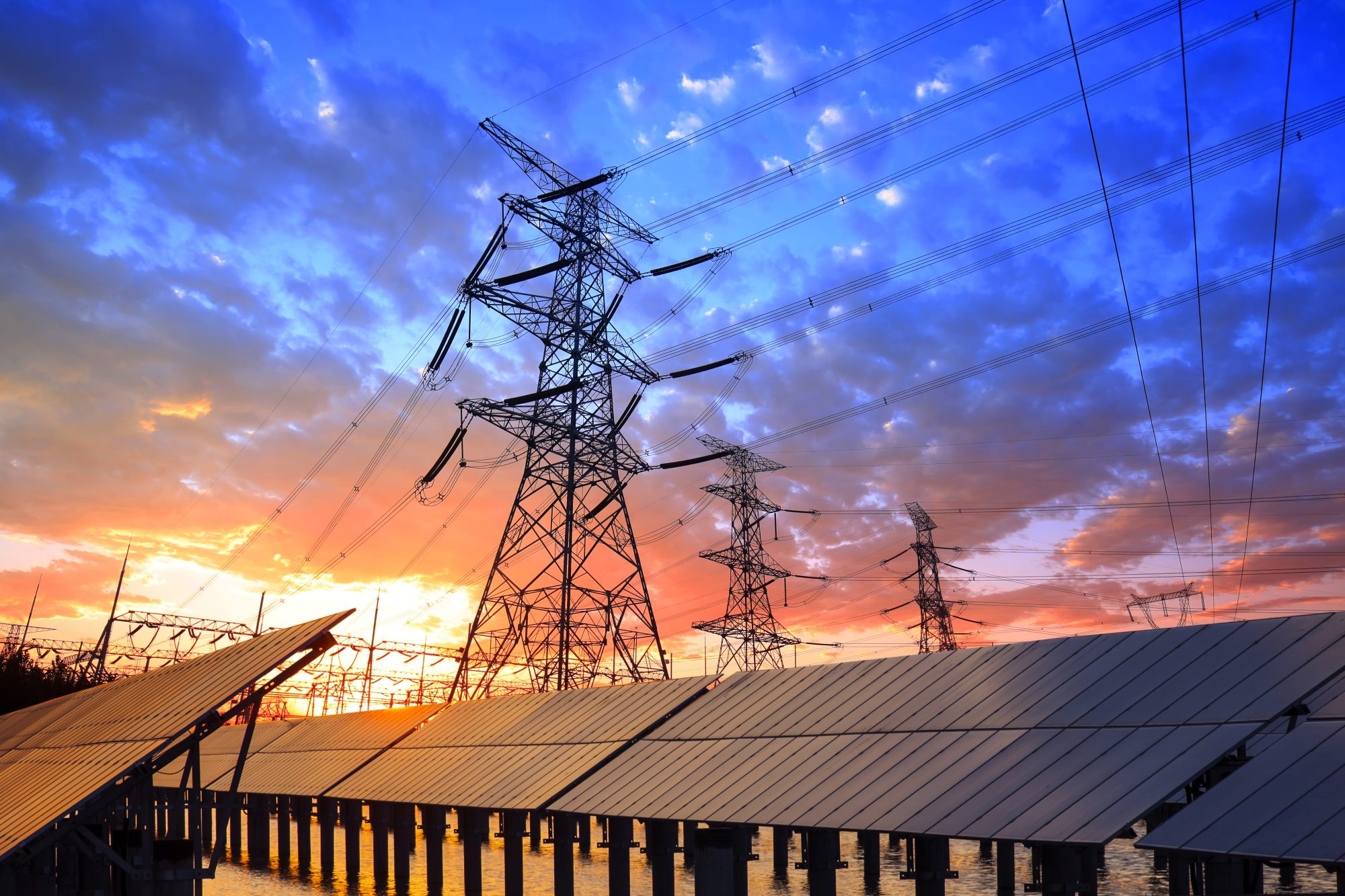It may not be possible for every country to use only renewables. Differences in terrain and access to renewable energy sources are determining factors. For example, not all parts of the world have the consistent sunlight needed for solar energy to be effective. Still, decreasing reliance on fossil fuels will have a positive environmental and societal impact.
The question of investing in renewables vs. hydrocarbons is complicated, with many significant factors to account for. Hydrocarbons are organic compounds composed of hydrogen and carbon. You’ll find hydrocarbons in petroleum, natural gas, plastics, many fuels and other materials. They also occur naturally in plants as carotenes. Modern society relies on hydrocarbons for energy and industrial processes. However, hydrocarbons are nonrenewable, and they contribute to greenhouse gas emissions and pollution. They often have detrimental effects on human, animal and plant health, endangering species and ecosystems.
For these reasons, society is engaged in efforts to reduce its reliance on hydrocarbons by improving and utilizing renewable, clean energy sources. Increased use of energy sources such as wind, solar and hydropower will reduce hydrocarbon’s environmental impact. Though this energy transition presents challenges, it’s necessary and possible Now is the time for utility companies and communities to invest in alternative energy projects.
Does Renewable Energy Use Hydrocarbons?
One challenge of transitioning to renewable energy sources is that hydrocarbons serve as a building block for their production. For example, wind turbines and electric vehicles both include plastic components. Additionally, reliability challenges with renewable energy sources mean natural gas is still a necessary backup. In other words, hydrocarbons remain important during this global transition towards renewable energy sources.

Can We Switch Completely to Renewable Energy?
Society relies on fossil fuels for several reasons. Fossil fuels are among the most reliable, forms of energy humans have ever used. They powered the industrial revolution and shaped society as it is today. Coal offers three times the energy density of dry wood — coal allowed vehicles to travel farther with decreased fuel storage. Oil is even more energy-dense than coal, and its liquid form allows for convenient internal combustion. Today, over 64% of global electricity generation comes from fossil fuels.
Transitioning away from hydrocarbons on a global scale will be difficult – but it is necessary. Each renewable energy solution necessitates more research and development. Practical, political and environmental challenges arise for each renewable energy solution that must be mitigated.
Moving towards Decarbonization
Systems revolving around fossil fuels are being transformed to focus on decarbonization, digitalization and advanced grid technologies.
Being at the forefront of these trends is critical to revitalizing the U.S. economy. As more and more states enact greenhouse gas (GHG) emission reduction mandates, utilities are pushing to find more energy-efficient and less carbon-intense energy sources to achieve decarbonization.
The move to decarbonization implies revamping the way we produce and distribute power. The transition could increase net employment over the next decade and revitalize multiple economic sectors. The way we currently produce and consume energy is not going to change overnight.
Decarbonization refers to the lowering of carbon intensity, or decreasing CO2 output per unit of electricity generated. It reduces carbon intensity, lowering the amounts of greenhouse gases (GHG) produced by burning fossil fuels.
This objective can be completed through strategic decarbonization initiatives and a focus on advanced energy programs. From building efficiency to strategic electrification, industry experts are finding creative ways to achieve this goal.
The timeline for the transition will depend on many different variables. Ever-changing political landscapes have a major influence. When governments allocate funding to alternative energy research and tax credits, they help expedite the timeline. More utility companies and communities should begin renewable energy construction projects to increase accessibility in more places.
Transitioning to renewable energy is an expensive endeavor. One analysis found transitioning the United States to 100% renewable energy would cost about $4.5 trillion. The cost comes from building infrastructure for renewable energy, including wind turbines and solar panels. It also includes the cost of creating battery storage and doubling transmission lines.
It’s important to note this price tag is based on the technology of 2019, which has already seen significant improvements in the years since. Further innovation will help bring these costs down. Individuals and companies interested in renewable energy projects benefit from government funding and incentive programs. For example, the Infrastructure Investment and Jobs Act (IIJA) includes billions of dollars to help fund transmission grid projects that can help integrate renewable power generation into the power supply.
How TRC Can Help With Your Renewable Energy Projects
At TRC, we help advance renewable energy projects from concept to completion. Power and utility markets are rapidly changing — TRC can help you keep pace. We provide innovative solutions for renewable energy project development. We will plan, permit, engineer and support the construction of your renewable energy project, advising you during every step of the process. If you want to claim your part of the transition from hydrocarbons to renewables, TRC can help.

What You’ll Learn in This Guide
This guide discusses the intricacies of transitioning to renewable energy sources. We’ll consider the economic and environmental implications of making the switch and provide information on how to plan and implement a renewable energy project. Learn all about transitioning from hydrocarbons to renewables.
Go to Part 1: Economics of Renewables
One of the biggest obstacles involved with the transition to renewable energy is speculation about its economic impact. Some worry that switching to renewables will cause instability in the economy, leading to job losses. Many communities across the United States rely on the economic impact of producing, manufacturing or otherwise taking part in the use of hydrocarbons.








